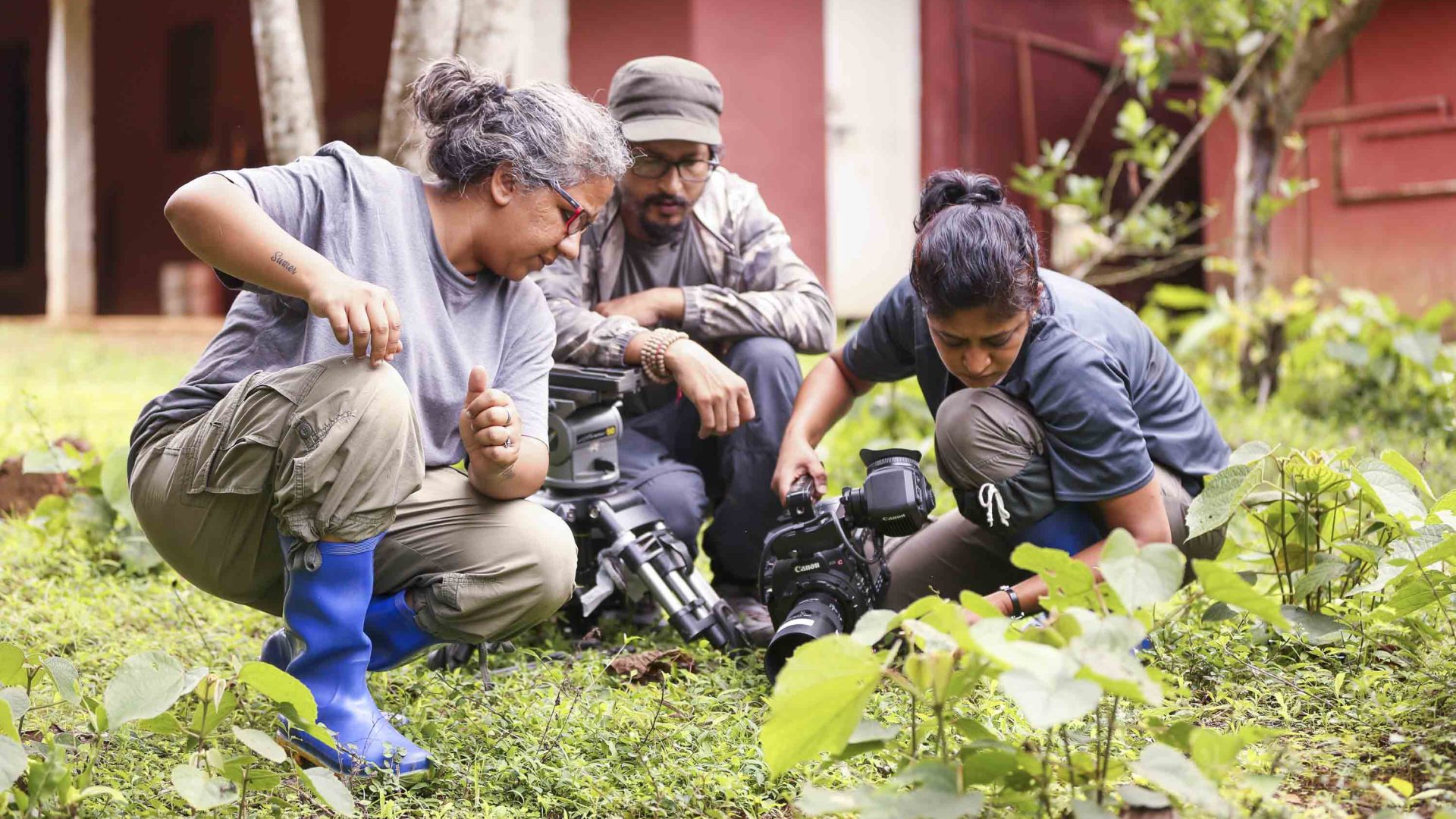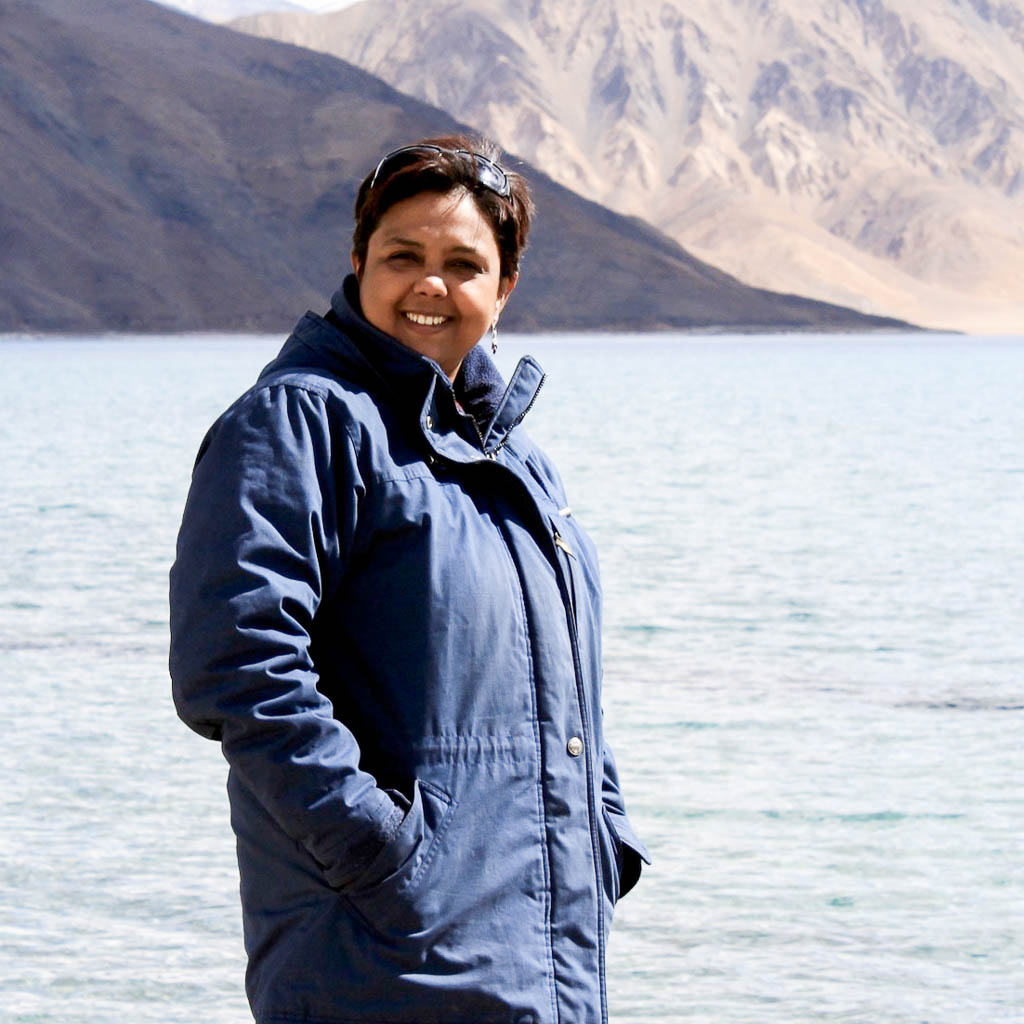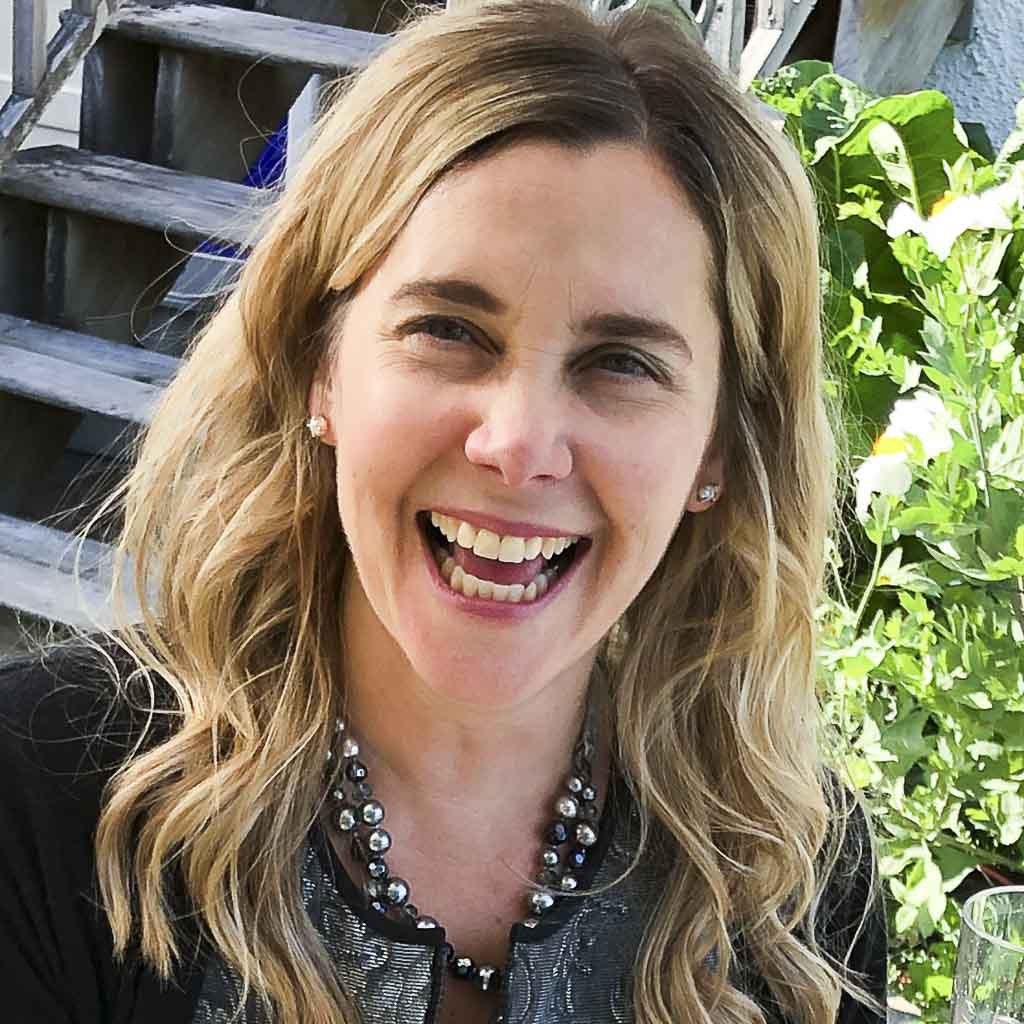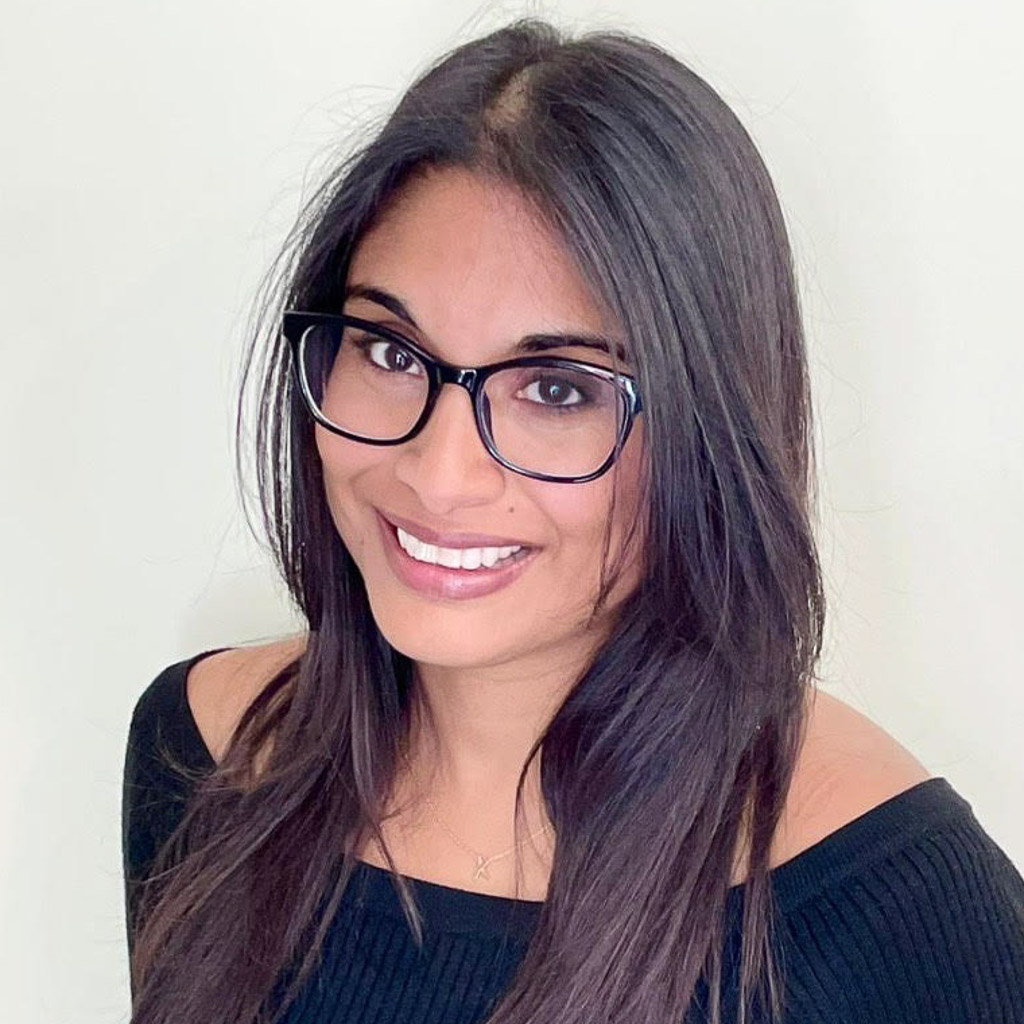
When filmmaker Akanksha Sood Singh struggled to find women working in science, technology, engineering, and math, she realized the issue wasn’t a lack of talent, but a lack of amplification and championing. So she turned to Instagram.


When filmmaker Akanksha Sood Singh struggled to find women working in science, technology, engineering, and math, she realized the issue wasn’t a lack of talent, but a lack of amplification and championing. So she turned to Instagram.
“I want to make this a Yellow Pages for nature,” says filmmaker Akanksha Sood Singh, speaking of her Instagram project, Women of the Wild. “There are so many women out there doing all kinds of wonderful things in wildlife and conservation, and I just want to celebrate them and their work, and create role models for the next generation of women who are trying to get into this field.”
Sood Singh says that Women of the Wild was born a couple of years ago when, as an advisory council member of the Jackson Wild Film Festival, she tried to look online for women in STEM [science, technology, engineering, and math] for a survey: She “reached a dead end”. To begin with, there is a huge gender gap in STEM fields, with women making up only 28 percent of the workforce—and even these women are glaringly invisible in public discourse.
That was when she started the India account to showcase such women, expanding soon to Pakistan and Malaysia. By doing so, she discovered a staggering variety of professions and skills including ecologists, waste management experts, wildlife crime officials, marine biologists, writers and photographers, geologists, naturalists, herpetologists (zoologists specializing in reptiles and amphibians), speleologists, (scientists who study caves), climate activists, sustainability experts, artists and filmmakers. And these stories reflect how working with nature has changed their lives.
There is no screening for age or experience when it comes to the Women of the Wild project. “If you are a woman working with the wild in some way, there is space for you,” says Sood Singh. She started with those she knew personally, and grew the accounts through word-of-mouth references.
“It’s really sad the way even other women question the choices I have made, as a photojournalist traveling for extended periods of work. There are always fingers pointed—who’s going to take care of the house? Does your husband allow you to travel?”
- Arati Kumar Rao, NatGeo Explorer
The profiles are grouped together by profession as Instagram Highlights, making it easier for people to find them when they first see the account. Most significantly, using India as an example, the women are not only from large cities, but also small towns like Kolhapur, Sirsi, Palamu, Rae Bareilly and Jalpaiguri.
Although these women come from different countries, and work in a variety of fields, there are common themes running through most of these stories, with familial approval and societal pressure usually somewhere at the top.
Elisa Panjang, who is pursuing a PhD with Cardiff University alongside her work as a sunda pangolin scientist in Bornean Sabah, is exasperated when she describes her aunt’s perspective. “All my accomplishments mean nothing, because: ‘What will I do with a PhD if I am not married at 39?’”
“It’s really sad the way even other women question the choices I have made, as a photojournalist traveling for extended periods of work,” says environment photographer and Nat Geo Explorer Arati Kumar Rao. “There are always fingers pointed—who’s going to take care of the house? Does your husband allow you to travel?”
Aditi Patil, wildlife researcher, current MPhil student at Cambridge, and author of Patriarchy and the Pangolin: A field guide to Indian men and other species which explores Indian society and the world of research, describes the stress of always having to be alert while trying to do a job. “Men never have to fear that a woman—either a co-worker or even a stranger—would attack them or harass them in the field. And there’s no HR that you can complain to in the forest.”
Conservation activist Maria Hashmi talks about the threats women in Pakistan face even when they are “just going out to the park for a walk or on an open hiking trail. Kidnapping, rape, all sorts of things… so women here just tend to do indoor things, and try to stay safe.”
Even without the harassment, there is the emotional toll of being away from family for an extended period, says Panjang, alongside staying in remote areas, and working with all-male teams. Hashmi adds that cultural reservations around women working in offbeat professions, and being without a male (chaperone) for safety are other issues.
Sood Singh says that the realization that there are other women out there trying to do the same things while battling the same challenges acts as motivation and inspiration.
Many of the women also acknowledge the low pay in these fields, in absolute terms and when compared to male counterparts. Sood Singh says, “I realized that practically all the women who work in this space are here because they are driven by sheer passion, most of them right from childhood.”
You only have to look at Panjang, who was captivated by a pangolin sighting as a child and has now devoted her life to their conservation, or Hashmi, who grew up in a farm surrounded by both domestic and wild animals, and always knew that she would work with animals. “I am lucky because I have financial backing from my family, otherwise this work is only for rich people,” Hashmi says candidly.
The stories in Patil’s book, Patriarchy and the Pangolin, mirror real-life situations faced by many of these women: The absence of women in the broader conservation narrative, women researchers and scientists not being taken seriously, being asked to verify their work through a male co-worker, and being ignored, dismissed or talked over.
“As a woman out on the field, there are obstacles you are prepared for, say, your car breaking down. But there are no ready tools to handle patriarchy,” says Patil. Hashmi too talks about constantly being patronized by clients at the kids’ nature camp she runs.
On the Women of the Wild Instagram page, there are also regular posts inviting followers to review their employers (anonymously if they choose). Respected institutions such as the Center for Wildlife Studies and Bombay Natural History Society have come under fire, when women opened up with allegations of sexual harassment and gender discrimination, prompting the organizations’ heads to respond and promise a clean-up.
Speaking of this, Sood Singh says, “There is a lot of abuse in the field; it could be mental, or sexual power play. People don’t like to talk about it, but there were a few brave women who really put it out there. I think practically every second woman experiences some kind of unpleasant dynamic in the field.”
Another unexpected role that Sood Singh has taken on is that of agony aunt, with strangers reaching out for confidential counsel. “It could be a career decision, it could be something related to children, it could be just some random advice,” she says. “It could be that they just want someone to talk to, like a shoulder to just lean upon.”
For the future, she hopes to intensify the mentorship aspect of Women of the Wild, building a cohort of women professionals who are willing to share their time and experience. It’s testament to her work that in just a couple of years, this account has become many things to many people. However, its biggest impact could be that of removing the sense of isolation faced by women in the wild, providing what Patil calls a “collective voice for the conservation sector”.
Sood Singh says the realization that there are other women out there trying to do the same things while battling the same challenges acts as motivation and inspiration. Nat Geo Explorer, Kumar-Rao agrees: “It’s really nice to know there are so many women out there pushing the envelope, and to be able to reach out to them and talk to them.”
***
Adventure.com strives to be a low-emissions publication, and we are working to reduce our carbon emissions where possible. Emissions generated by the movements of our staff and contributors are carbon offset through our parent company, Intrepid. You can visit our sustainability page and read our Contributor Impact Guidelines for more information. While we take our commitment to people and planet seriously, we acknowledge that we still have plenty of work to do, and we welcome all feedback and suggestions from our readers. You can contact us anytime at hello@adventure.com. Please allow up to one week for a response.

Charukesi Ramadurai is a freelance journalist currently living in Kuala Lumpur. Her work has been published in a number of international publications, including The Guardian, BBC Travel, South China Morning Post and National Geographic Traveller. She has a keen interest in wildlife and conservation issues, and in stories at the intersection of humans and the natural world.








Can't find what you're looking for? Try using these tags: